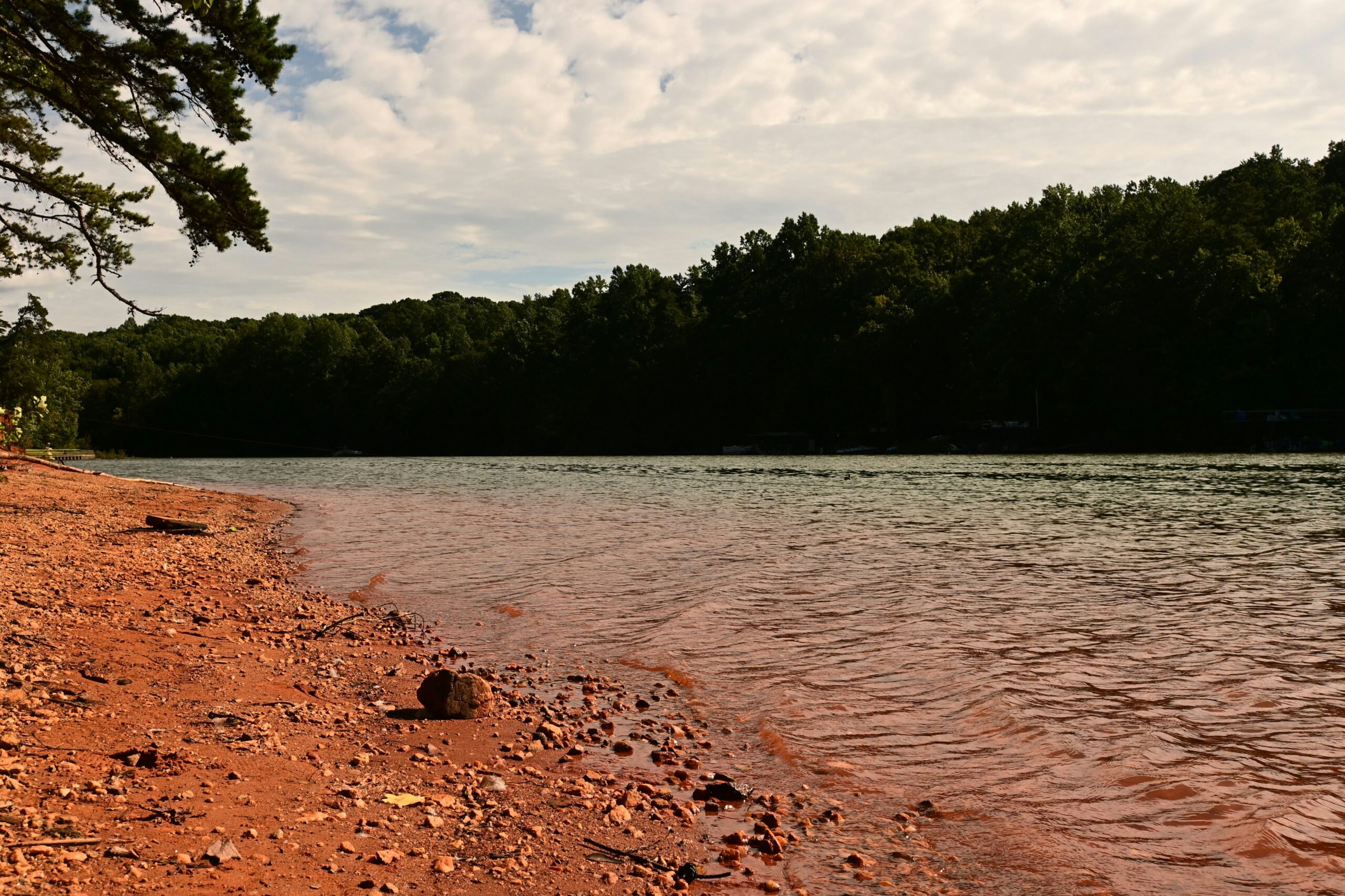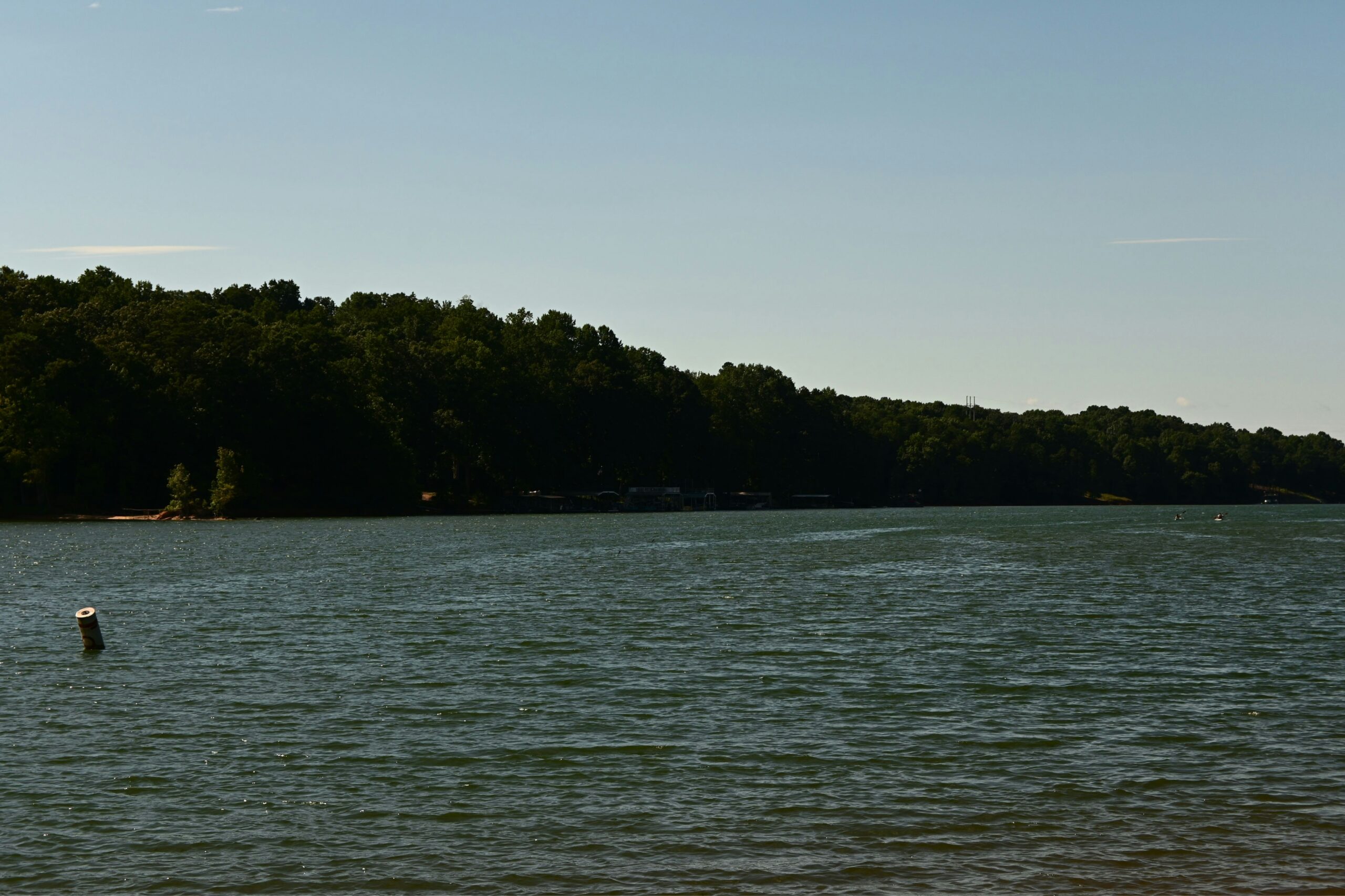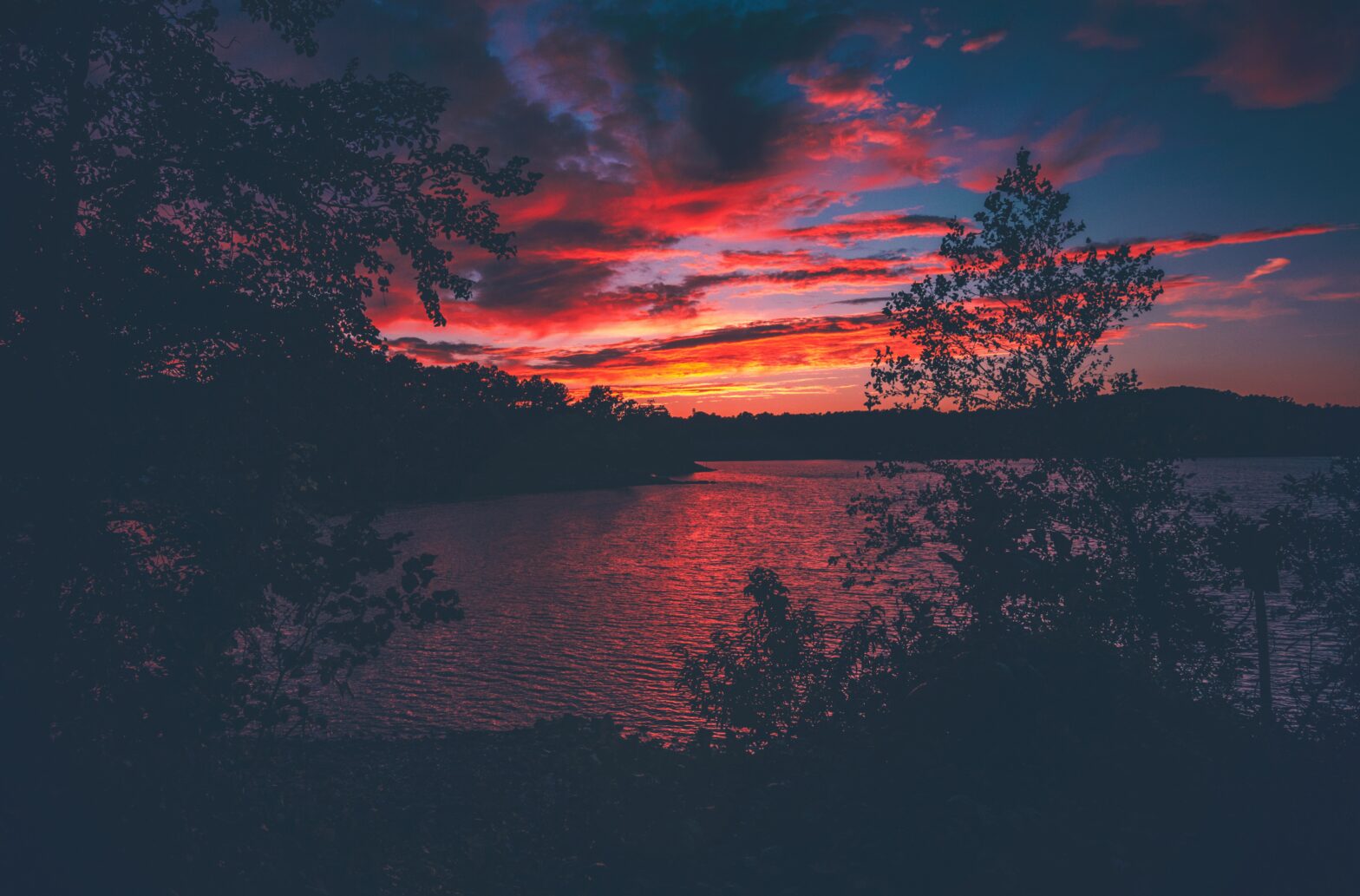Lake Lanier is a man made body of water with a deep history in the Deep South. The lake located in north Georgia is only 60 miles from Atlanta, the city that has been known as the Black Mecca of the south and Black Hollywood. But the lake, which is the largest in the state, is nearest to Gainesville and Cumming, Georgia. The lake is a 38,000 acre reservoir that is 25 miles long and at its deepest the water is 200 feet deep.
The attraction has plenty of things for visitors to do. Boating, jet skiing, fishing, sunbathing, camping and tubing are among the most popular activities at Lake Lanier. The lake has serene shores and is thriving with wildlife. For many, the lake is a peaceful haven. But most locals believe that its ominous past makes it a dangerous location. Check out why Lake Lanier is considered so dangerous and what travelers should know.
The Dark History of Lake Lanier

Lake Lanier has an eerie past that some might consider haunting. Before it was a lake, there was a thriving Black community. Oscarville was a town that bustled with life in the early 20th century. At a time in history where Black U.S. citizens were building a life for themselves, this community was an anomaly.
Oscarville played a big part in the local culture and economy, so the uprooting and destruction of this Black community is still questioned to this day. After the murder of a young white woman in 1912, two local Black teens were sentenced to death. The Black community was driven out of town by the local gang, the Night Riders. A few decades later the town was flooded to create the reservoir in 1956.
The population of the town has been estimated to have been over 1,000 people. Farmland, businesses and over 250 families were displaced forcefully, with some not making it out alive. Many of the Black community members even owned acres of land.
In the aftermath, the majority of the buildings in the town were destroyed. But the forest and some buildings were left behind. There were once cemeteries where the lake is located. So, even the dead were disturbed to make way for Lake Lanier. A number of cemeteries were dug up and moved but it is assumed that unmarked graves were left. This means that there are likely graves beneath the lake.
Safety Incidents
There have been many deaths at Lake Lanier. Since 1994, more than 200 people have died at the lake. In fact, 2023 was statistically the deadliest year for drownings since 2019. But the majority of the deaths at Lake Lanier have been credited to drunk boaters, since the lake has become a popular recreational area. While the lake was not created with boats in mind, there has been some reckless behavior that has led to boating accidents (as well as injuries and fatalities).
Other incidents have been due to drownings, electrocutions from leaked electrical currents (ESD) and boat explosions. There have been so many incidents that an online petition has been signed by thousands of people for the lake to be drained, cleaned and restored. The lakes’ safety has been in question for quite a bit of time, but recently it has been a hot topic.
The Lake’s Legacy
While people still do visit the lake (millions per year), the general consensus on the destination is pretty consistent. Many people believe that the dark racial history of the lake is enough to justify their avoidance of the site. In fact, the murders of some Black community members (that were inflicted as retaliation for the death of a young white woman) have caused rumors of hauntings. There have been countless books, movies and documentaries that have different theories on whether or not the lake is haunted. The supposed underwater ghost town has made Lake Lanier a controversial travel destination with a legacy that deters some travelers.
Why is Lake Lanier So Dangerous?

There are plenty of reasons the lake is considered dangerous, aside from its history. These safety concerns certainly impact travelers that want to enjoy the calming waters of the lake. The first concern is the water quality. The water of Lake Lanier is especially murky, so travelers are unable to see through it. Since visibility is low, swimmers, divers and boaters are susceptible to incidents.
Also, there is still an entire forest in the waters. Some swimmers and divers have even gotten caught in underwater branches. Other remnants of the town have been left behind as well. Pieces of roads, tire parts and concrete foundations are just a few of the things that are submerged beneath the water and have been discovered.
The water levels of the lake fluctuate as well. The drought of 2007-2009 is proof of this truth. The intense drought was due to a faulty lake gauge. It led to many structures being exposed, which are usually submerged. This possibility makes it more likely that swimmers encounter potentially dangerous conditions. Water levels can fluctuate for many reasons. Dry spells, changes in water supply for drinking water, wildlife management and power generation can impact the lake.
Safety Precautions
Travelers that visit Lake Lanier should wear a life jacket. Whether visitors are swimming, boating or kayaking, this precaution is highly recommended. People enjoying the water without a life jacket increase their risk of drowning. Both beginners and experienced swimmers can suddenly find themselves in dangerous situations.
The caretakers of children should be particularly careful. Children should be closely supervised at all times, but especially while enjoying the water. Vulnerable swimmers should stay close to the shore and avoid areas with traffic. Lake Lanier does not have particularly strong waves but many people have drowned there, so it is better to be safe than sorry.
Another safety tip for travelers to follow concerns their recreational activities. Travelers should not drink and drive, which is a commonly understood recommendation. But some boaters do not follow this safety tip. This is often because the danger level does not always translate when the driving is on the water. Operating a boat at Lake Lanier is a delicate balance since there is high boat traffic. There are also countless pieces of debris that are submerged, which boaters should look out for. Even if “drivin’ da boat” sounds like the perfect time on the lake, there should always be a designated driver to protect everyone present.





